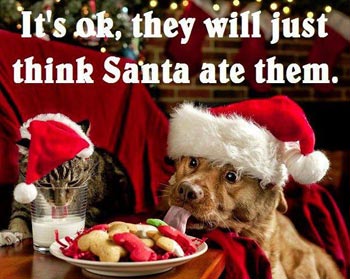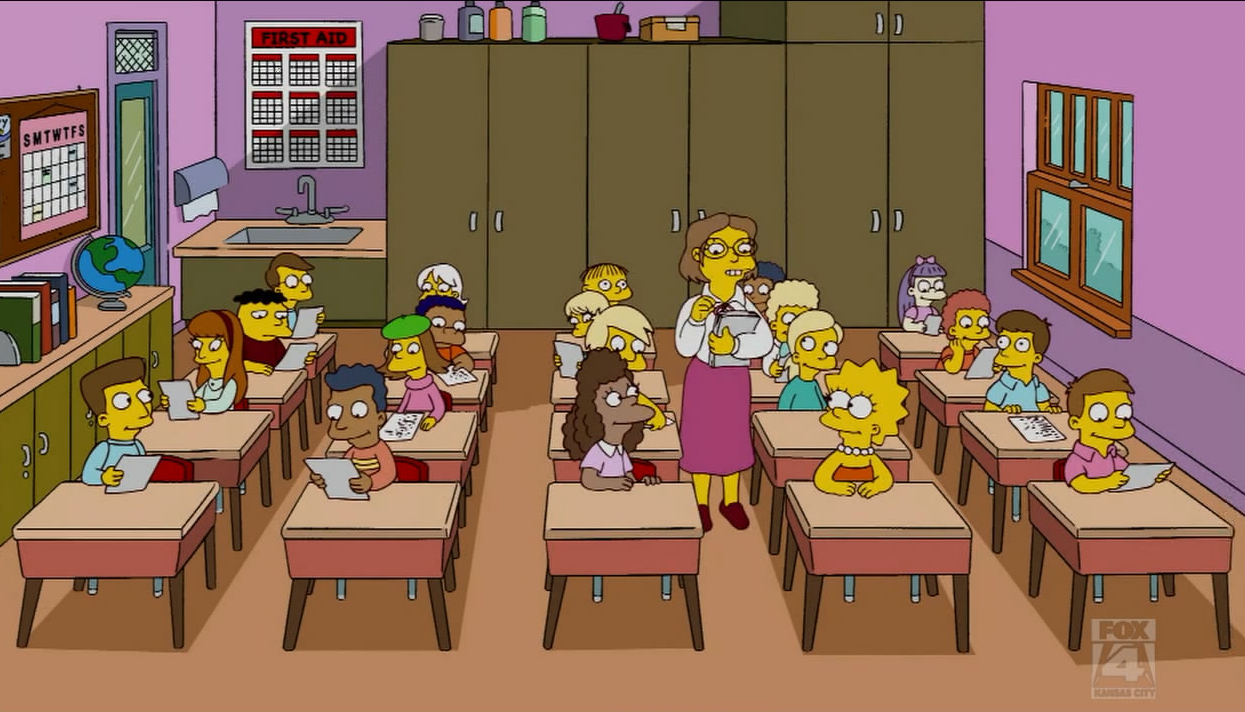 REPASO PARA LAS VACACIONES:
REPASO PARA LAS VACACIONES:Click --> LISTADO VERBOS IRREGULARES
Click -->VOCABULARIO MUSIC
Click --> Vocabulario CINEMA
Click --> Pasado simple
Click --> Pasado Continuo
VOCABULARIO JOBS AND PROFESSIONS:
Comparatives and Superlatives
Forming regular comparatives and superlatives
- We use comparatives to compare two things or two people. (e.g She is taller than her husband.)
- Superlatives are used, however, to compare to show the difference between more than two things or more than two people. (e.g Paris is the biggest city in France)
- To form comparatives and superlatives you need to know the number of syllables in the adjective.Syllables are like "sound beats".
For instance:
- "find" contains one syllable,
- but "finding" contains two — find and ing.
The rules to form comparatives and superlatives:
1. One syllable adjective ending in a silent 'e' — nice
- Comparative — add 'r' — nicer
- Superlative — add 'st' — nicest
2. One syllable adjective ending in one vowel and one consonant — big
- Comparative — the consonant is doubled and 'er' is added —bigger
- Superlative — the consonant is doubled and 'est' is added—biggest
3. One syllable adjective ending in more than one consonant or more than a vowel —high, cheap
- Comparative — 'er' is added — higher, cheaper
- Superlative — 'est is added — highest, cheapest
4. A two syllable adjective ending in 'y' — happy
- Comparative — 'y' becomes 'i' and 'er' is added — happier
- Superlative — 'y' becomes 'i' and 'est' is added — happiest
5. Tow syllable or more adjectives without 'y' at the end — exciting
- Comparative — more + the adjective + than — more exciting than
- Superlative — more + the adjective + than — the most exciting
Examples:
- The Nile River is longer and more famous than the Thames.
- Egypt is much hotter than Sweden.
- Everest is the highest mountain in the world.
- This is one of the most exciting films I have ever seen.
Charley is younger than Peter.Irregular comparatives and superlatives
Adjectives Comparatives Superlatives bad worse worst far(distance) farther farthest far(extent) further furthest good better best little less least many more most much more most How to use comparatives and superlatives
Comparatives Superlatives Comparatives are used to compare two things or two people:
Alan is taller than John.Superlatives are used to compare more than two things or two people. Superlative sentences usually use 'the':
Alan is the most intelligent.
Similarities
To express similarities use the following structure:
Examples:
- Mike is as intelligent as Nancy.
- Larry is as popular as Oprah.
CHRISTMAS TIME!!!!!
 Vamos a realizar un proyecto:
Vamos a realizar un proyecto:Christmas in different cultures
Trabajaremos en grupos. Cada grupo trabajará con un país. Nos dividiremos las tareas dentro del grupo:
1) Busca información sobre el país que te ha tocado (mapa, bandera, idioma...)
2) ¿Qué se hace en este país durante la Navidad? ¿cuál es la comida típica?
3) ¿Cómo se dice Feliz Navidad en ese idioma?
4) ¿Qué personajes navideños son característicos de este país?
*Hay que añadir fotos o dibujos de cada parte del proyecto.
*Plamaremos toda la infromación en una cartulilna que será expuesta en el pasillo del instituto.
*Contará para la nota final de la evaluación.
*Se valora la originalidad.
Entra en esta página para sacar información en inglés:
http://www.whychristmas.com/cultures/
 Christmas in Finland
Christmas in Finland 

Finnish people believe that Santa Claus or Father Christmas
lives in the north part of Finland called Korvatunturi (or Lapland),
north of the Arctic Circle. People from all over the world send letters
to Santa Claus in Finland. There is a big tourist theme park called
'Christmas Land' in the north of Finland, near to where they say that
Father Christmas lives. It means that Santa doesn't have far to travel on Christmas Eve to deliver presents to people in Finland! If he doesn't get a chance to deliver the presents personally, he will often leave them under the Christmas Tree.
In Finland, Santa might also be known as Joulupukki! (This really means 'Christmas Goat' as it was traditional in Finland that there was a Yule Goat who was scary and asked people for presents - and certainly didn't give any out! Over time the goat became the gift giver and then Santa took over the gift giving duties but the name of the Christmas Goat was still retained in Finland!) Joulupukki rides with reindeer leaves gifts under the Christmas tree but if you have been naughty you could end up with a bag of coal!
In Finnish Happy/Merry Christmas is 'Hyvää Joulua'. Happy/Merry Christmas in lots more languages.
Everyone tries to be at home for Christmas, including fishermen who try to get their boats into the harbour by December 21st, St. Thomas' Day
Animals are given their own Christmas in Finland, with farmers sometimes hanging a sheaf of wheat on a tree to be eaten and pecked at by the birds. Nuts and pieces of suet are also hung on trees in bags from the branches.
Everyone cleans their houses ready for the three holy days of Christmas - Christmas Eve, Christmas Day, and Boxing Day.
On Christmas Eve, or the day before, Christmas trees are bought from the local market or square. The seller expects you to bargain with them on the price.
Christmas Eve is very special and the most important day over Christmas. It's traditional to eat rice porridge and plum fruit juice for breakfast. Then the tree is bought (if it hasn't been already) and is decorated. At midday, the 'peace of Christmas' is broadcast on radio and TV by the City Mayor of Turku (which is south Finland).
Because it gets dark very in most parts of Finland around Christmas (about 3.00pm) it's now traditional to go cemeteries and visit the graves of family members. Some cemeteries are enormous and police are on duty to manage the traffic, but everyone must walk the last few yards to the grave. Candles in hanging lanterns are left around the grave, often lots of many family members go. The whole cemetery is alight with glowing lanterns shining in the snow - a winter wonderland.
Other people like a sauna on Christmas Eve.
The main Christmas meal is eaten in the early evening. Lutefish (salt fish) is the traditional starter, but is not so common nowadays. The main meal is a leg of pork served with mashed potato traditionally baked slowly in birch-bark boxes in the oven with similarly cooked mashed swede. Casseroles containing different vegetables including, rutabaga, carrot and potato are also common. Cured salmon is very popular and some people also have turkey. Desert is baked rice pudding/porridge eaten with spiced plum jam. One almond is hidden in the pudding. Whoever find the almond will be lucky for the next year.
After the meal, Joulupukki (Santa) might visit the house! When he comes in with his sack he asks if any children are living there. They reply very loudly! Next then asks if they have been good all through the year. When they are given their presents the whole family gathers to watch the fun of opening. After opening some presents, it's time to go to bed.
Christmas Day is much quieter with families usually spending it quietly at home. On Boxing Day people like to go out. Skiing is popular along the flat terrain or skating if the lake or river has frozen.
Christmas in Russia 

In the days of the Soviet Union, Christmas was not celebrated very
much. New Year was the important time. Now Christmas is normally
celebrated on January 7th (only a few Catholics might celebrate it on
the 25th December). The date is different because the Russian Orthodox
church uses the old 'Julian' calendar for religious celebration days.
The Orthodox Church also celebrates Advent. But it has fixed dates, starting on 28th November and going to the 6th January, so it's 40 days long.The official Christmas and New holidays in Russia last from December 31st to January 10th.
In Russian Happy/Merry Christmas is 's rah-zh-dee-st-VOHM' (C рождеством!) or 's-schah-st-lee-vah-vah rah-zh dee-st-vah' (Счастливого рождества!). Happy/Merry Christmas in lots more languages.
Some people fast (don't eat anything) on Christmas Eve, until the first star has appeared in the sky. People then eat 'sochivo' or 'kutia' a porridge made from wheat or rice served with honey, poppy seeds, fruit (especially berries and dried fruit like raisins), chopped walnuts or sometimes even fruit jellies!
Kutia is sometimes eaten from one common bowl, this symbolizes unity. In the past, some families like to throw a spoonful of sochivo up on the ceiling. If it stuck to the ceiling, some people thought it meant they would have good luck and would have a good harvest!
The Russian word for Christmas Eve 'sochelnik', comes from the word 'sochivo'.
Some Orthodox Christian Russian also don't eat any meat or fish during the Christmas Eve meal/feast.
Other popular Christmas Eve foods include beetroot soup (borsch) or vegan potluck (solyanka) served with individual vegetable pies (often made with cabbage, potato, or mushroom); salads often made from vegetables like gherkins, mushrooms or tomatoes, and also potato or other root vegetable salads.
Sauerkraut is main dish in the Christmas Eve meal. It can be served with cranberries, cumin, shredded carrot and onion rings. It might be followed by more pies or porridge dishes such as buckwheat with fried onions and fried mushrooms.
Dessert is often things like fruit pies, gingerbread and honeybread cookies and fresh and dried fruit and more nuts.
'Vzvar' (meaning 'boil-up') is often served at the end of the meal. It's a sweet drink made from dried fruit and honey boiled in water. Vzvar is traditionally at the birth of a child, so at Christmas it symbolizes the birth of the baby Jesus.
Following the meal, prayers might be said and people then go to the midnight Church services. They often don't wash the dishes until they get home from Church - sometimes not until 4.00am or 5.00am!
The New Year celebrations are still very important to Russians (sometimes more than Christmas).
This is when - when 'Grandfather Frost' (known in Russian as 'Ded Moroz' or Дед Мороз) brings presents to children. He is always accompanied by his Grandaughter (Snegurochka). On New Year's eve children hold hands, make a circle around the Christmas tree and call for Snegurochka or Ded Moroz. When they appear the star and other lights on the Christmas tree light up! Ded Moroz carries a big magic staff. The traditional greeting for Happy New Year is 'S Novym Godom'.
One of the most famous things about Christmas in
Russia, to people in western Europe and the USA, is the story of
Babushka. Babushka means Grand Mother in Russian. It tells the story of
an old women who met the Wise men on their way to see Jesus.
However, most people in Russia have never heard of the story and I've
had many emails from Russian visitors to the site who have never heard
the story before! It seems that it was probably created by an American poet and writer called Edith Matilda Thomas in 1907.Este curso leeremos el libro:
Tarzan of the Apes
 Aquí os dejo una fotografía de la portada para que sepáis cual es. Y un vídeo que os puede gustar...
Aquí os dejo una fotografía de la portada para que sepáis cual es. Y un vídeo que os puede gustar...Tarzan - Song Stranger Like Me

Hi class,
vamos a repasar un poco...
Presente Simple







No hay comentarios:
Publicar un comentario